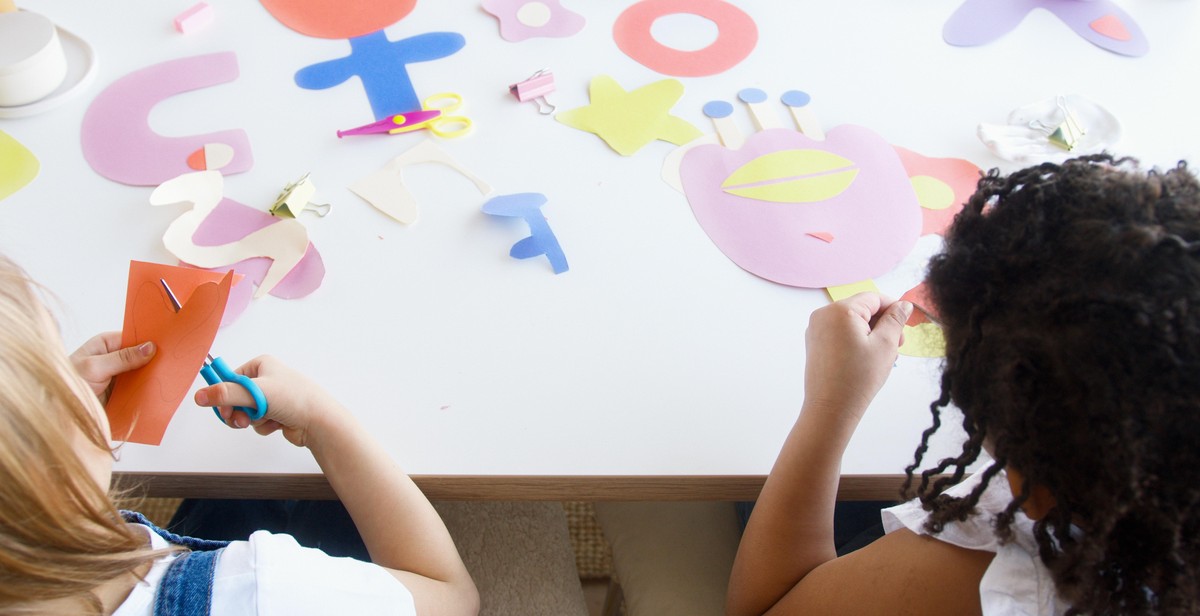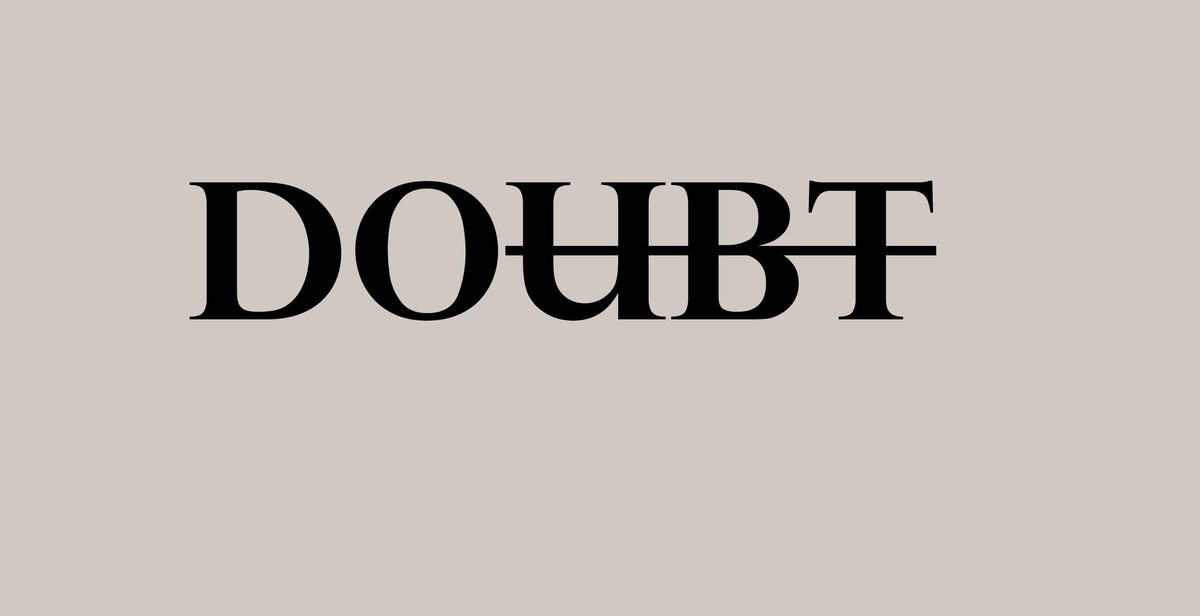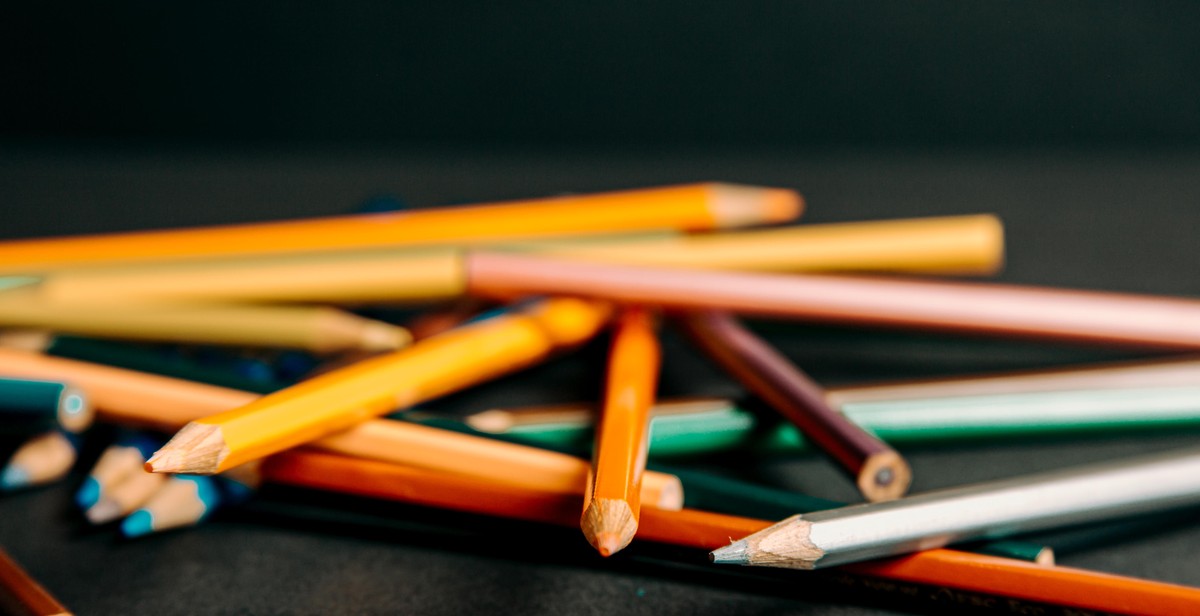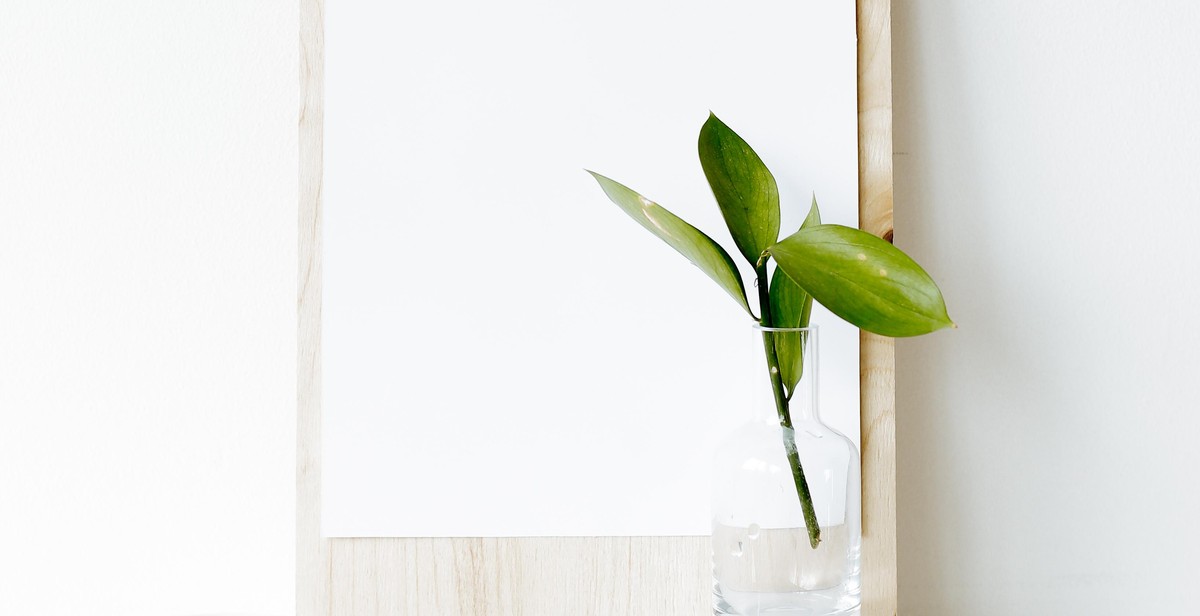How to Draw Frogs: Step-by-Step Guide for Drawing Realistic and Cartoon Frogs
Are you interested in learning how to draw frogs? Whether you want to create realistic or cartoon frogs, this step-by-step guide will help you achieve your desired results. As a professional artist and content creator with years of experience, I have created this guide to help beginners and experienced artists alike.
Why Draw Frogs?
Frogs are fascinating creatures that come in a variety of shapes, sizes, and colors. They have been the subject of many myths and legends, and are often used as a symbol of transformation and rebirth. Drawing frogs can be a fun and rewarding experience, and it’s a great way to improve your artistic skills.
Materials You Will Need
Before you start drawing, you will need some basic materials. These include:
- Paper (preferably drawing paper or sketchbook)
- Pencil (preferably a set of drawing pencils with different grades)
- Eraser
- Sharpener
Realistic vs. Cartoon Frogs
Decide whether you want to draw a realistic or cartoon frog. Realistic frogs require more attention to detail, while cartoon frogs can be more exaggerated and playful. Whichever style you choose, the basic principles of drawing remain the same.
Step-by-Step Guide
Follow these steps to draw a frog:
- Start with basic shapes
- Add details and refine the shape
- Add shading and texture
- Finalize the drawing
With practice and patience, you can create beautiful frog drawings that will impress your friends and family.

Materials Needed
Before starting with the step-by-step guide on how to draw frogs, there are some essential materials needed:
Pencil and eraser
It is highly recommended to use a graphite pencil for sketching the initial outline of the frog. A standard HB pencil is a good option, but softer pencils like 2B or 4B can be used for shading and adding depth. An eraser is also necessary for correcting mistakes and making adjustments to the drawing.
Paper
The type of paper used for drawing is also important. It is best to use a high-quality drawing paper that can handle erasing and shading without tearing or smudging. A smooth surface is ideal for detailed drawings, but textured paper can add an interesting effect to the drawing.
Coloring materials
If you want to add color to your frog drawing, you will need coloring materials like colored pencils, markers, or watercolors. Colored pencils are the most popular choice as they are easy to use and blend well. Markers and watercolors can also be used for a more vibrant and bold effect.
- Graphite pencils (HB, 2B, 4B)
- Erasers
- Drawing paper
- Colored pencils
- Markers
- Watercolors
With these materials, you are ready to start your frog drawing. Make sure to have a comfortable and well-lit workspace to avoid any strain on your eyes or hands.

Realistic Frog Drawing
When it comes to drawing realistic frogs, it’s important to start with the basic shape. This can be achieved by sketching out a large oval shape for the body and a smaller circle for the head. Once you have the basic shape, you can begin to add details to the frog’s body.
Step 1: Basic Shape
Start by drawing a large oval shape for the body and a smaller circle for the head. These shapes will serve as the foundation for the rest of the drawing. Make sure to leave enough space for the legs and arms.
 |
Sketch out the basic shape of the frog’s body and head |
Step 2: Add Details to the Frog’s Body
Now that you have the basic shape, it’s time to add some details. Start by drawing the legs and arms of the frog. Make sure to pay attention to the proportions of the frog’s body. Frogs have long legs in proportion to their body size. Next, add the eyes and mouth of the frog. Frogs have large eyes and a wide mouth.
- Draw the legs and arms of the frog
- Add the eyes and mouth of the frog
 |
Add details to the frog’s body, including legs, arms, eyes, and mouth. |
Step 3: Add Color and Texture
Finally, it’s time to add color and texture to your drawing. Frogs come in a variety of colors, so choose the one you like best. Start by adding a base color to the frog’s body. Then, add some texture by drawing spots or stripes. Don’t forget to add shading to give your drawing depth and dimension.
- Add a base color to the frog’s body
- Add texture, such as spots or stripes
- Add shading to give your drawing depth and dimension
 |
Add color and texture to your frog drawing, including a base color, spots or stripes, and shading. |

Cartoon Frog Drawing
If you want to draw a cartoon frog, you can simplify the process by using basic shapes and adding fun details. Here’s how:
Step 1: Basic Shape
Start by drawing a large oval for the body and a smaller circle for the head. Connect the two shapes with a curved line to create the frog’s neck. Next, draw two small circles on top of the head for the eyes and a larger circle below for the mouth.
 |
|
Step 2: Add Eyes and Mouth
Draw two smaller circles inside the eye circles to create pupils. Then, add a curved line above each eye to create eyebrows. For the mouth, draw a curved line on each side of the circle to create cheeks. Then, add a line in the center for the tongue.
 |
|
Step 3: Add Arms and Legs
To create the frog’s arms, draw two curved lines on each side of the body. Then, add three smaller curved lines at the end of each arm to create fingers. For the legs, draw two long curved lines on the bottom of the body. Add three smaller curved lines at the end of each leg for toes.
 |
|
Step 4: Add Color
Finally, add color to your cartoon frog. You can use shades of green for the body, yellow for the eyes, and red for the tongue. Don’t be afraid to get creative and add patterns or designs to your frog’s skin.
 |
|

Tips for Drawing Frogs
If you want to draw realistic and cartoon frogs, here are some tips that can help you improve your skills:
Study Frog Anatomy
Before you start drawing, it’s important to have a basic understanding of frog anatomy. This will help you create more accurate and believable drawings. Take some time to study the different parts of a frog, including its eyes, legs, and body. Pay attention to the proportions and shapes of each part.
When drawing the legs, remember that they are very muscular and can extend quite far. The feet are also unique, with long toes that are webbed together. Understanding these details will help you create more lifelike frog drawings.
Add Texture to Your Drawing
Frogs have a unique texture that can be challenging to capture in a drawing. To add texture, try using different shading techniques. For example, you can use cross-hatching or stippling to create a bumpy, textured appearance. You can also use a blending tool to create a smoother texture.
Another way to add texture is to use reference images of real frogs. Look closely at the texture of their skin and try to replicate it in your drawing. This will help your drawing look more realistic and detailed.
Use Reference Images
Using reference images is essential for creating accurate and believable frog drawings. Look for high-quality images of frogs in different poses and from different angles. This will help you understand the frog’s anatomy and how it moves.
You can also use reference images to help you with the details of your drawing. For example, if you’re struggling with the shape of the frog’s eye, find a close-up image of a frog’s eye and use it as a reference.
| Website | Link |
|---|---|
| National Geographic | https://www.nationalgeographic.com/animals/amphibians/group/frogs/ |
| Arkive | https://www.arkive.org/explore/species/reptiles-and-amphibians/frogs-and-toads/ |
By studying frog anatomy, adding texture, and using reference images, you can create more realistic and detailed frog drawings. Remember to practice regularly and have fun with your drawings!

Conclusion
Learning how to draw frogs can be a fun and rewarding experience. Whether you’re looking to create realistic illustrations or playful cartoon characters, there are plenty of techniques and tips you can use to bring your frogs to life.
Remember to start with basic shapes and build up your drawing gradually, paying attention to proportions and details. Practice regularly and don’t be afraid to make mistakes – they’re a natural part of the learning process!
Experiment with different drawing tools and materials, such as pencils, pens, markers, and watercolors, to find your preferred style and approach. You may also want to try drawing frogs from different angles and perspectives to challenge yourself and expand your skills.
Final Thoughts
As a professional article writer and content creator with years of experience, I encourage you to have fun and enjoy the process of drawing frogs. Whether you’re a beginner or an experienced artist, there’s always room for growth and improvement.
Use this step-by-step guide as a starting point and explore other resources and references to further develop your skills. With practice, patience, and creativity, you can create amazing frog drawings that will impress and inspire others.
| Key Takeaways: |
|
